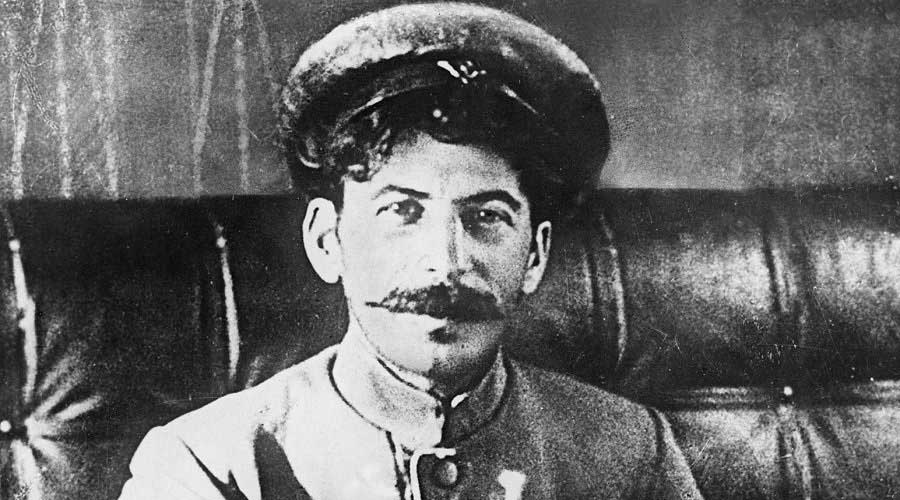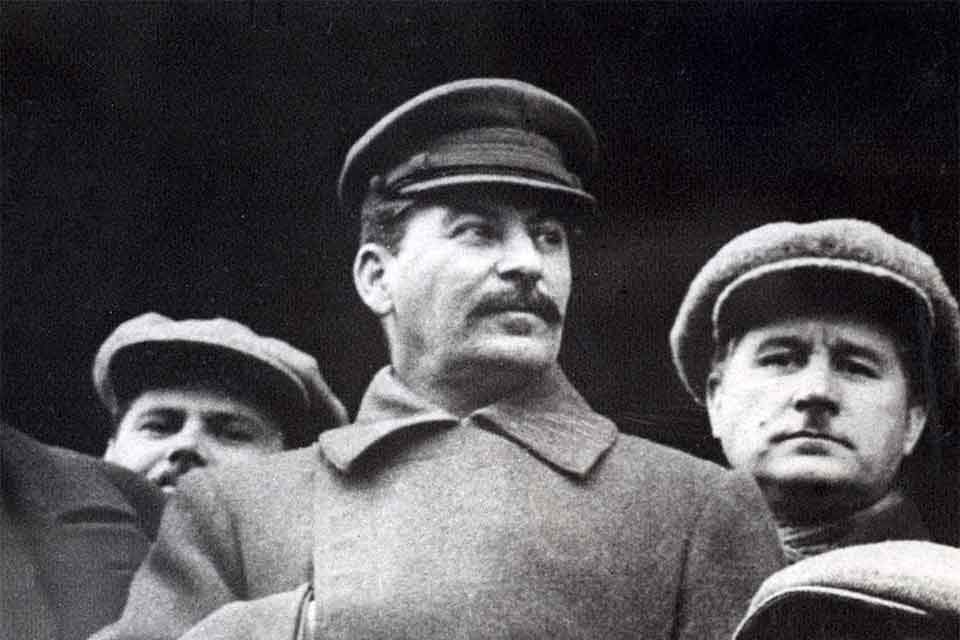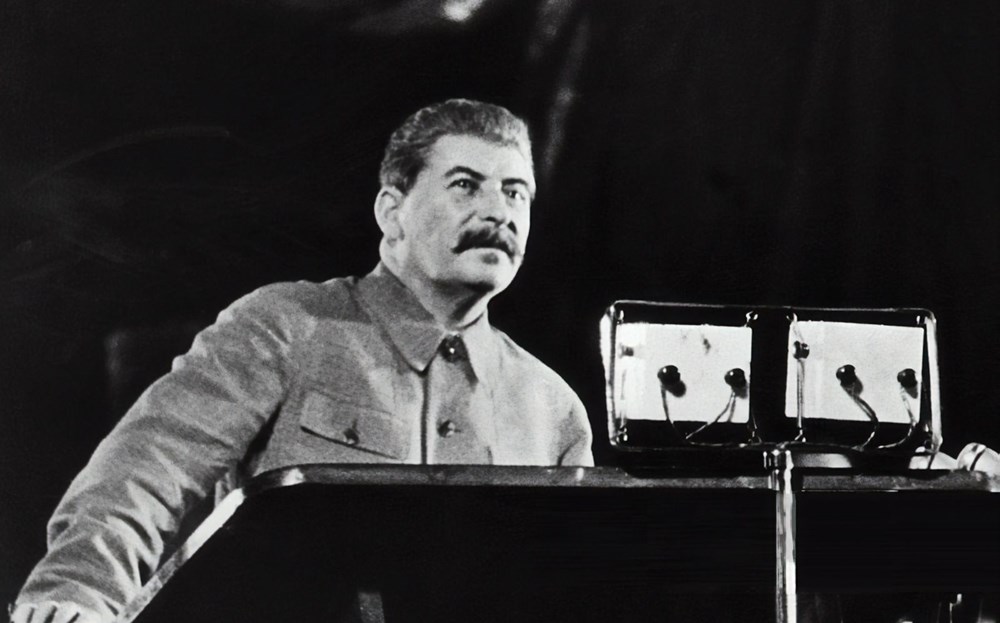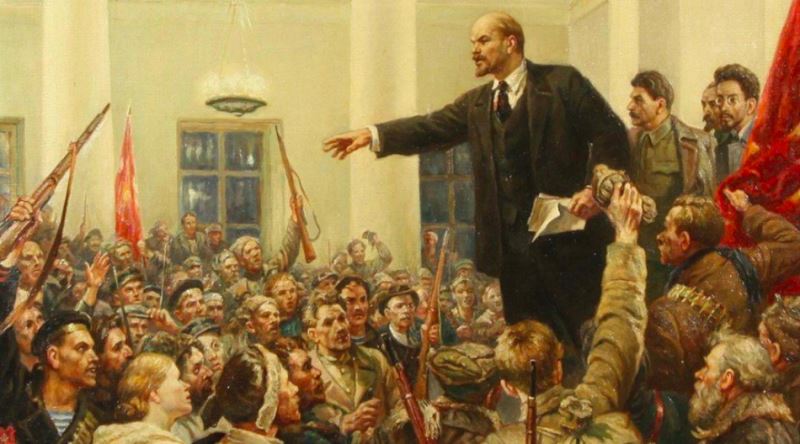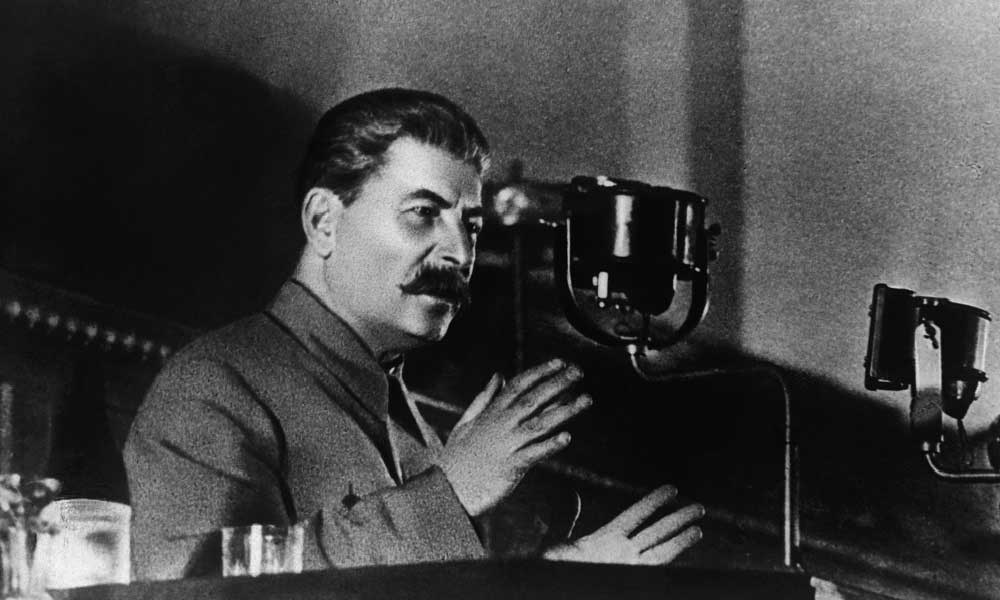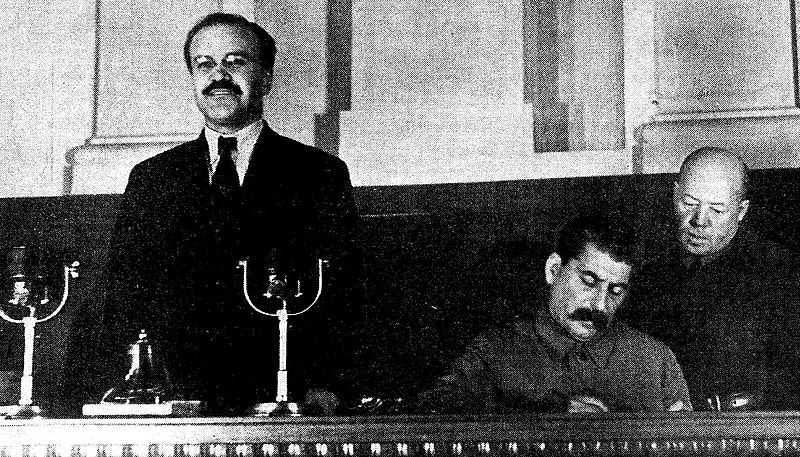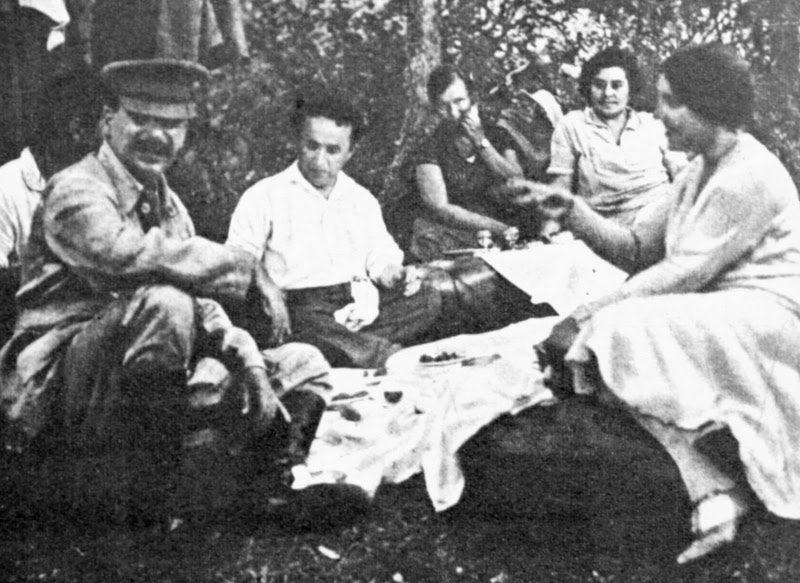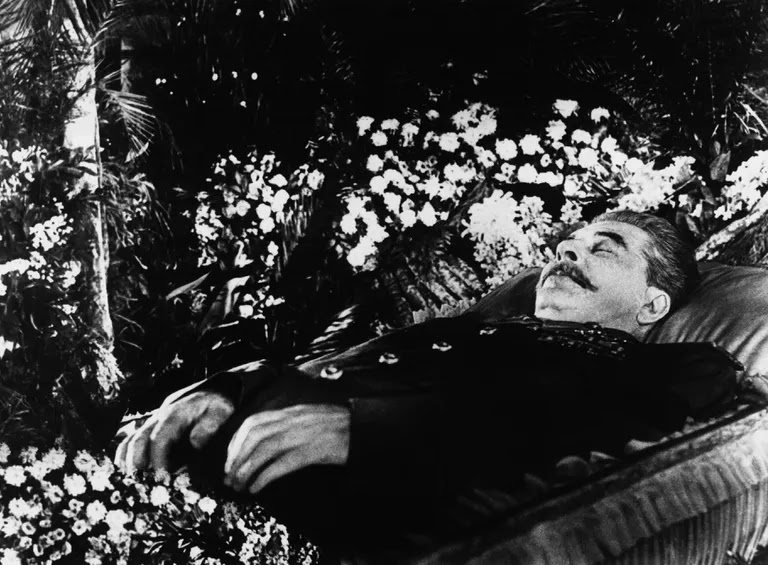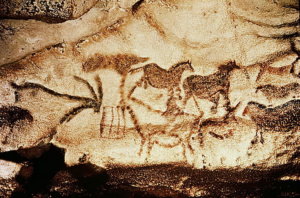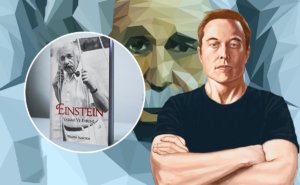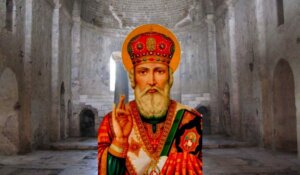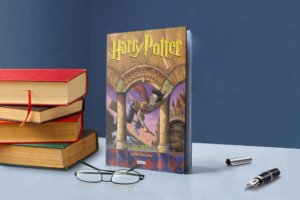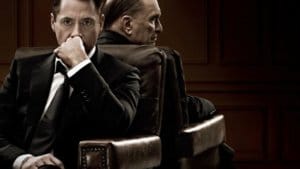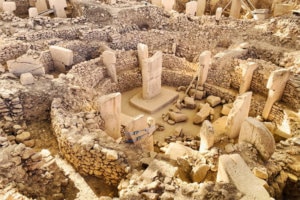Josef Stalin, born December 18, 1878, in Gori, is the legendary leader of the Soviet Union. His real name is Joseph Vissarionovich Dzhugashvili. The leader of Georgian origin, who was the General Secretary of the Central Committee of the Communist Party of the Soviet Union from April 3, 1922, to October 16, 1952, became the absolute leader of the Soviet Union and the implementer of Marxist-Leninist ideology after Lenin’s death in 1927. Stalin’s nickname is Koba, which means nail in Georgian.
Josef Stalin, who played an active role in the planning and implementation stages of the October Revolution, is seen as one of the most influential politicians in the history of Russia due to the economic development in the 1930s and his victories in the Second World War. The 17th most written work about. A total of 1108 works have been written about the human Stalin.
Stalin’s Youth Years
Josef Stalin, real name Joseph Vissarionovich Dzhugashvili, was born in Gori on December 18, 1878. Smallpox, which he caught when he was only seven years old, left permanent scars on his face. At 10, he was enrolled in the priest’s school, where Georgian children were taught Russian. Due to two horse-drawn carriage accidents, he suffered when he was 12 years old, and his left arm was injured in such a way that he did not fully recover during his life.
At 16, he was entitled to enter the Georgian Orthodox Priesthood but was expelled five years later for defying the authority. Stalin’s acquaintance with revolutionism began when he read Lenin’s books in his youth. Deciding to become a Marxist revolutionary, influenced by Lenin’s ideas, young Stalin joined the Russian Social Democratic Labor Party in Tbilisi.
Under the party’s roof, he played an active role in Marxist actions such as organizing May Day demonstrations, organizing oil workers in Batumi, and supporting them to strike. Josef Stalin, who joined the Bolsheviks in 1903, became the 2nd President of the Russian Social Democratic Workers Party. He attracted the attention of Lenin with his determined and initiative attitude at the Congress. Thus, he became the Caucasian Regional Director of the party and the Bolsheviks. Although he was constantly watched by Ohranka, the secret police service of the Russian Tsardom, he played an essential role in illegal party activities such as organizing strikes, propaganda, and bank robbery in the Caucasus.
1905-1911
Josef Stalin was in Tbilisi during the 1905 revolution, which had widespread repercussions throughout the Russian Empire. He participated as a delegate to the Bolshevik Conference held in Tampere, Finland, on 24 December 1905. When he returned to Tbilisi, he saw that the Tsarist soldiers and the pro-tsarist Black Hundred organization suppressed the revolution and began to slaughter the revolutionaries. Later, Josef Stalin took part in the assassination of General Fyodor Griyazanov, the commander of the Tsarist Army, who murdered the revolutionaries in Tbilisi.
Since the Bolshevik Party banned bank robbery activities, Stalin temporarily resigned from the party, robbed a bank, and fled to Baku. On April 27, 1907, he went to England with his old friend Stephan Shaumyan and attended the 5th party of the party. He attended the congress as an observer delegate. Although Stalin was not liked by the party intellectuals and some senior executives because of his harsh policies and rude behavior, he was loved by the workers in the party. During the years he spent in Baku, he managed to become the second most influential person on the party base in the Caucasus, after Lenin, by fighting the Tsarist supporter Black Hundreds and extorting money from the oil-rich for the Bolsheviks.
1911-1917
After Josef Stalin’s years in the Caucasus, in 1911, he was appointed head of the St. Petersburg branch of the larger Bolshevik organizations. He communicated to the party leadership that he wanted to go to St. Petersburg or Moscow and participate in more active movements. Considering his request, Stalin transferred to the Saint-Petersburg organization in September 1911.
At the Prague Party Conference of January 1912, when the Bolsheviks declared themselves a separate party, Stalin was elected to the Central Committee for the first time. In April 1912, he took part in the publication of the Pravda Newspaper, the organ of the Central Committee of the Communist Party, in Saint-Petersburg. He began to use the pseudonym Stalin, which means “man of steel” in Russian, both in his articles for the newspaper and within the party.
The tsarist regime captured Josef Stalin and other Bolshevik leaders and exiled them with the intelligence of the Ohranka agent Roman Malinovski, who infiltrated the Central Committee. Although Stalin was exiled to the town of Narym in Siberia in July, he soon escaped. Josef Stalin argued that Bolsheviks and Mensheviks should act together in these periods.
Lenin, who argued that the Bolsheviks should remain on a separate political line, called Stalin to Krakow to convince him of this. During his stay in Krakow, Stalin went to the Bolsheviks in Vienna, where he wrote one of his most important works, “Marxism and the National Question.” On his return to Saint-Petersburg in February 1913, trapped by Malinovsky, Josef Stalin was exiled to the village of Kureika, Turhansk region in the Arctic circle.
After nearly four years of exile, in December 1916, he was recalled by the Tsarist regime, which was in a difficult situation during World War II, to be recruited into the army along with other political exiles. However, he was not drafted due to his left arm, which was injured after the accidents he had in his childhood. After the February Revolution in 1917, he was freed and moved again to Saint-Petersburg.
October Revolution
Josef Stalin, together with Lev Kamenev and Matvei Muranov, with whom he was with in exile, returned to Petrograd after the February Revolution of 1917. During the February Revolution, all leading Bolshevik leaders were in exile. After the revolution, subordinate leaders Vyacheslav Molotov and Alexander Shlyapnikov took power. When Stalin came to the city with Lev Kamenev and Matvei Muranov, he became the head of the newspaper Pravda.
The Bolshevik publishing house, which had been harshly critical of the provisional government before Stalin took over, pursued a more moderate policy against the provisional government under Stalin. However, Lenin, who strongly opposed the articles on the unity of Pravda with the Mensheviks, rejected Pravda’s pro-provisional government policies as soon as he returned from Switzerland, where he was in exile and announced his decisions, which went down in history as April Theses. He said that there would be no support for the interim government in these decisions but rather that an organization would be launched to give all power to the Soviets.
The provisional government, disturbed by the insurrectionary movements of grassroots workers and soldiers, initiated proceedings against the Bolsheviks. The 6th Russian Social Democratic Labor Party held in this period. At its congress, it was proposed that Lenin surrender to the provisional government. Stalin strongly opposed this proposal and arranged for Lenin to go into hiding. Since Lenin was in Finland, Stalin, in the party leadership with Sverdlov, took power with the October Revolution.
2 in Petrograd. At the All-Russian Congress of Soviets, the Bolsheviks, led by Lenin, took power. The congress in the majority of the Bolsheviks approved the first Soviet government, Sovnarkom, headed by Lenin. Josef Stalin assumed the post of People’s Commissar of Nationalities in the cabinet of the first government.
Stalin’s Ruling

“Freundschaft mit Stalin ist die Gewähr des Sieges, des Friedens und der Zukunft” heißt es in dem Aufruf der Regierung der Deutschen Demokratischen Republik zum 70. Geburtstag von Generalissimus Stalin at 21.12.39.
UBz: IW Stalin am Schreibtisch
Aufn.: Illus-SNB 5.12.49
4636-49
Lenin first offered the post of General Secretary of the Communist Party of the Soviet Union to Trotsky. However, Leon Trotsky rejected this offer, saying that the General Secretariat was an unimportant post. Then, by Lenin’s decision, Stalin was given this post. Together with the Stalin government, the post of General Secretary of the Communist Party of the Soviet Union became the highest executive body of the Soviet Union.
The Bolshevik administration, which defeated the pro-monarchist White Terror and expelled it in 1922, began discussions about the federal structure of the state. Stalin literally disagreed with Lenin’s plan for a united federation, in which all republics had equal rights, their status, and sovereign rights were protected. Stalin argued that other republics should be autonomous under the Russian Federative Soviet Socialist Republic.
A Georgian, as well himself, Stalin responded to the Georgian Communist Party’s demands for autonomous action with harsh interventions. Lenin, who reacted seriously to this incident, suggested that Stalin be removed from the post of general secretary, but Stalin retained the post of general secretary, ensuring that the regions of Abkhazia and South Ossetia in Georgia became autonomous republics.
After Lenin’s death on January 21, 1924, Stalin allied himself with Zinoviev and Kamenev. He strengthened his absolute power by sending Trotsky, who had an important place in the party and was known for his uncompromising attitudes, into exile.
Economic Development Steps
Joseph Stalin in 1927. It took the first step of a strong development in agriculture and industry by putting the Five-Year Plan into effect. Emphasizing energy investments, he built hydroelectric power plants all over the country. Although he pursued a collective path in agricultural policy to increase productivity, this disturbed some former landed aristocrats.
Thereupon, acts of sabotage, looting, and setting fire to collective farms began, especially in Western Ukraine. After these actions, which led to famine in the region, Stalin began to take drastic measures. Those who attempted to plunder farms were sent to labor camps and punished. As a result of all these policies, in a period of four years and three months, 1. The objectives of the Five-Year Plan have been achieved.
Covering the years 1933-1938 During the 2nd Five-Year Plan period, 4500 factories and energy facilities were opened. About 3000 industrial plants were established in the first three years of the Third Five-Year Plan. Thus, at the end of 1940, Before World War II, more than 9000 large-scale industrial facilities were opened, increasing the USSR heavy industry production 12 times compared to 1913.
Political Struggles and Liquidation Movements
After the Bolshevik revolution, Lenin, Stalin, and their friends, who established the first working-class power in history, had difficulties managing many issues at first. In addition to the left opposition, led by Trotsky and his friends, the right-wing opposition, with names such as Bukharin and Rykov, were also disturbed by the Stalin government. Although Trotsky and his supporters were exiled in 1929, Trotsky still had a counterpart in the party and among the grassroots.
When the policies that Stalin took the first steps of economic development were loved and adopted by the people, the opposition lost power. Thereupon, in the 1930s, the Trotskyist opposition and the right-wing opposition chose to unite to overthrow the Stalin government and started assassination and sabotage actions. Between 1934 and 1938, they carried out many actions, including the assassination of Kirov, a member of the Politburo. Those responsible for these actions were tried and punished in various cases such as the Moscow Trials and the Tukhachevsky Incident.
The darkest and bloodiest times of Stalin’s rule were the period between 1937 and 1939. This period is known as the Great Purge in the West and Ezhov’s Era in Russia. Together with the Tukhachevsky incident in 1937, it turned out that there was an attempt by the army to stage a coup d’état against the government with Japanese support. A month after the Tukhachevsky incident, Ezhov, head of the political police organization NKVD, reported a Japanese-backed rebellion in Western Siberia. Then, with the circular he signed, Stalin demanded action against the anti-Soviet crimes and rebels across the country. The effect of this circular on Soviet Russia was enormous.
News of riots and conspiracies were reported to Stalin from all over the country. The vast majority of these reports were conspiracies carried out by Yezhov, a right-wing opposition member collaborating with the Nazis. Instead of abusing the circular and punishing the rebels and criminals, Yezhov arrested innocent loyalists on slander and false evidence. Although Ezhov’s reports, who wanted to overthrow the Stalin government by stirring up trouble in this way, were not suspected at first, the unlawfulness gradually began to be understood over time.
Beria, who succeeded Yezhov in November 1938, launched an investigation into the unlawful proceedings. At the end of the investigation, the betrayal of Yezhov and his friends was discovered and they were executed in 1939. Hundreds of thousands of people who were wrongfully arrested or sent to labor camps during the Great Purge were released. Just as many people were executed with Yezhov’s false evidence. By fomenting nationwide chaos, the group led by Yezhov, who wanted to weaken Stalin’s government and make the country fit for Nazi occupation, did severe damage to Soviet Russia and Stalin’s image.
Intra-Party Democracy
Josef Stalin started to work on the Constitution in 1936. With this Constitution, he wanted to democratize the country by putting the principles of closed ballot and open elections into effect in the elections. Stalin aimed to make the party leaders accountable to the people through elections in which several candidates competed without a sheet list. However, this desire of Stalin did not find support in the Central Committee and among the local party leaders due to the fear of losing their seats by the uneducated bureaucrats who had suffered the civil war and the revolutionary years. In the 1950s, Stalin again attempted to hold democratic elections, but this request was thwarted by the majority opposition of Politburo members such as Khrushchev.
Stalin’s Family
Josef Stalin married Yekaterina Svanidze on 16 July 1906. From this marriage, the first son Yakov was born. His wife Yekaterina, who fell ill with typhoid fever, died in Baku on November 22, 1907, when Stalin prepared the ground for organizing against the Tsarist rule with bank robberies and underground activities. It is said that the death of his wife at an early age affected Stalin deeply. Stalin later had two more children, Vasily and Svetlana.
Death and Grave
The second leader of the Soviet Union, Josef Stalin, died on March 5, 1953, at the age of 74, from a stroke in Kuntsevo Dacha. A state funeral was held after four days of nationwide mourning. His body was embalmed in front of the public, first next to Lenin’s grave, and on October 31, 1961, it was transported from there to the Kremlin Wall Cemetery.
works
- Anarchism or Socialism? (1907)
- Marxism and the National Question (1913)
- Principles of Leninism (1924)
- Trotskyism or Leninism? (1924)
- Dialectical and Historical Materialism (1938)
- On Leninism (1946)
- On Marxism and Language (1950)
- Economic Problems of Socialism in the USSR (1952)

